- DroidAfrica
- Vivo
- Vivo Y51 (2020)
Vivo Y51 (2020)

Vivo Y51 (2020) Highlights and Overview
Vivo Y51 (2020) is a mid-range smartphone introduced first, in the Pakistani market. The device is the direct successor to the Y51 launched back in 2015, and has similar specs with Vivo V17 smartphone. It comes in a 6.38-inch screen, with a 1080 x 2340 pixels resolution. The screen technology is an IPS panel, with a U-shape notch overhead, housing the selfie camera.
On the inside, the Vivo Y51 (2020) runs an Octa-core Qualcomm Snapdragon 665 CPU clocked at 2.0GHz along with Adreno 610 GPU, backed with 4GB RAM and 128GB of expandable internal storage.
On the camera department, the device comes with a combination of 48-megapixel main sensor, an 8-megapixel ultra-wide lens, 2-megapixel depth sensor and a fourth 2-megapixel macro lens at the back, while a single 16-megapixel selfies sensor seat in the notch upfront.
There’s an in-screen fingerprint scanner and support for dual Nano-SIMs with 4G LTE network on both SIMs. It is painted in Mystic Black, Jazzy Blue, Dreamy White color, and power is supplied by a 4500mAh battery with 18W fast charging via USB-C, while the latest Android 10 with Funtouch v10, runs out of the box. Other key specifications and silent features of the Vivo Y51 (2020) are detailed in the spec table below.
Vivo Y51 (2020) Full Specifications and Features
NETWORK
| Technology | GSM / CDMA / HSPA / LTE |
| 2G Network Bands |
GSM 850 / 900 / 1800 / 1900 - SIM 1 & SIM 2 CDMA 800 & TD-SCDMA |
| 3G Network Bands | HSDPA 850 / 900 / 1700(AWS) / 1900 / 2100 |
| 4G Network Bands | LTE band 1(2100), 3(1800), 4(1700/2100), 5(850), 7(2600), 8(900), 12(700), 17(700), 34(2000), 38(2600), 39(1900), 40(2300), 41(2500) |
| 5G Network Bands | Does not have support for 5G Network |
| Speed | HSPA 42.2/5.76 Mbps, LTE-A (2CA) Cat6 300/50 Mbps |
LAUNCH
| Also Known As |
- - |
BODY
| Dimensions | 159.25 × 75.19 × 8.68 mm |
| Weight | 190.2 grams |
| Build |
Front glass, - plastic body |
| SIM Type | Dual SIM (Nano-SIM, dual stand-by) |
DISPLAY
| Display Type | AMOLED capacitive touchscreen, 16M colors |
| Size | 6.38 inches, 102.8 cm2 (~82.7% screen-to-body ratio) |
| Resolution | 1080 x 2340 pixels, 19.5:9 ratio (~405 ppi density) |
PLATFORM
| Operating System | Android 10; Funtouch OS 10 |
| Chipset | Qualcomm SDM665 Snapdragon 665 (11 nm) |
| CPU | Octa-core (4x2.0 GHz Kryo 260 Gold & 4x1.8 GHz Kryo 260 Silver) |
| GPU | Qualcomm Adreno 610 |
MEMORY
| RAM + ROM | 4 GB |
| Card Slot | Yes, up to 256 GB via microSD card (uses dedicated slot) |
MAIN CAMERA
| Camera Type | Quadruple Lenses |
| Camera Sensor(s) | 48 MP + 8 MP + 2 MP + 2 MP Main camera |
| Camera Features |
Autofocus Face detection F/1.7 aperture LED Flash Panorama HDR Second sensor: 8 MP, f/2.3, 13mm (ultrawide), 1/4", 1.12µm, AF Third Sensor: 2 MP, f/2.4, 1/5", 1.75µm, depth sensor Fourth Sensor: 2 MP macro lens |
| Video Resolution | 2160p@30fps, 1080p@30fps, gyro-EIS |
SELFIE CAMERA
| Camera Type | Single Lens |
| Camera Sensor(s) | 16-megapixel selfie |
| Camera Features |
F/2.0 aperture FaceID Face beautification HDR |
| Video Resolution | 1080p@30fps |
SOUND
| Loudspeaker | Yes |
| Speaker Location | Chin, below display |
| Audio Jack Type | Yes, 3.5mm audio jack |
CONNECTIVITY
| Bluetooth | Bluetooth 5.0, A2DP, LE |
| NFC | |
| GPS | Yes, with A-GPS, GLONASS, BDS |
| FM Radio | Yes, FM Radio |
BATTERY
| Battery Capacity | Non-removable Li-Po 4500 mAh battery |
| Wireless Charging | No |
| Talk Time Talk Time is the longest time that a single battery charge will last when you are constantly talking on the phone under perfect conditions, Ambient temperature and highly dependent on the cellular network environment such as the distance to the closest cell network tower. | Up to 28 hours |
| Stand-by | Up to 540 hours |
OTHER FEATURES
| Sensors | Fingerprint (side-mounted), accelerometer, proximity, compass |
| Box Contents | Charging Brick / USB cable |
Vivo Y51 (2020) User Reviews and Opinions
Disclaimer Note
This specification was entered manually, hence we CANNOT guarantee 100% accuracy. Any error? Let us know in the comment section.






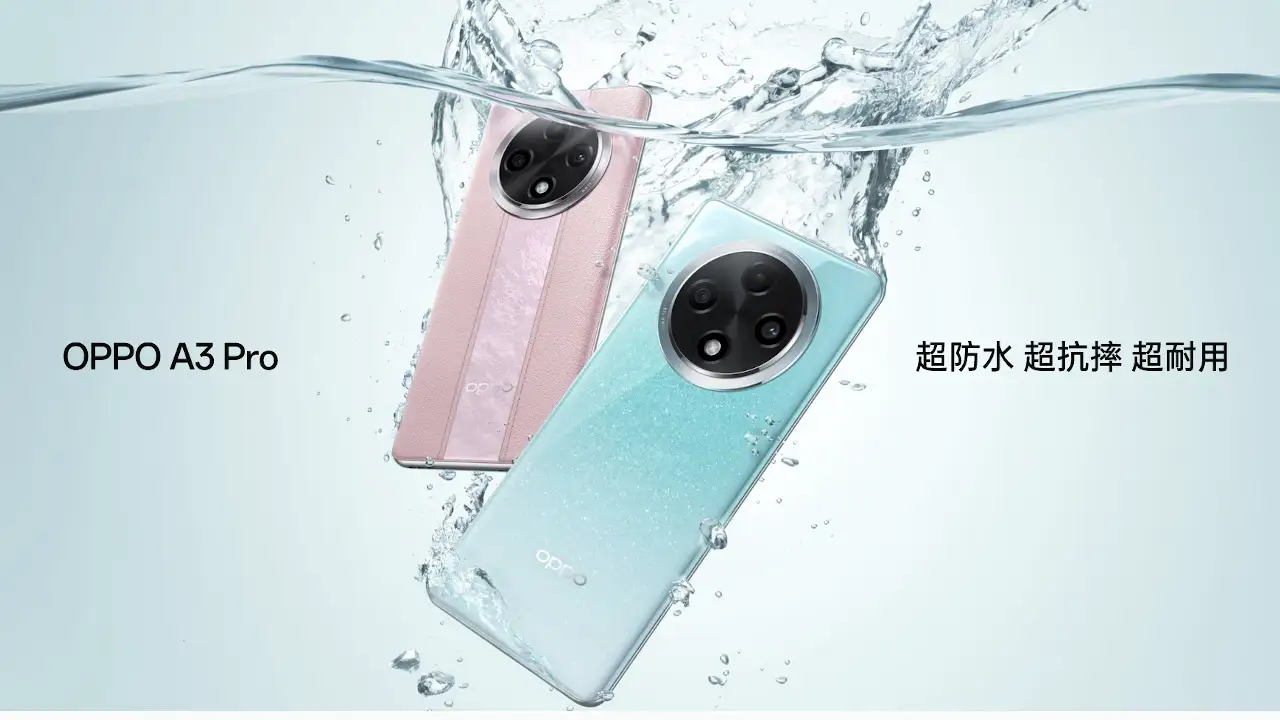

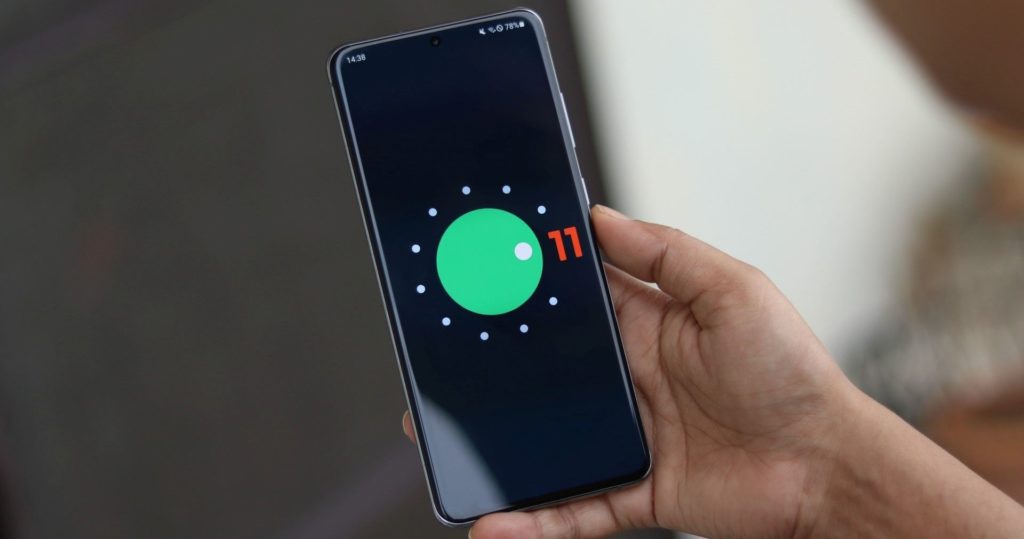
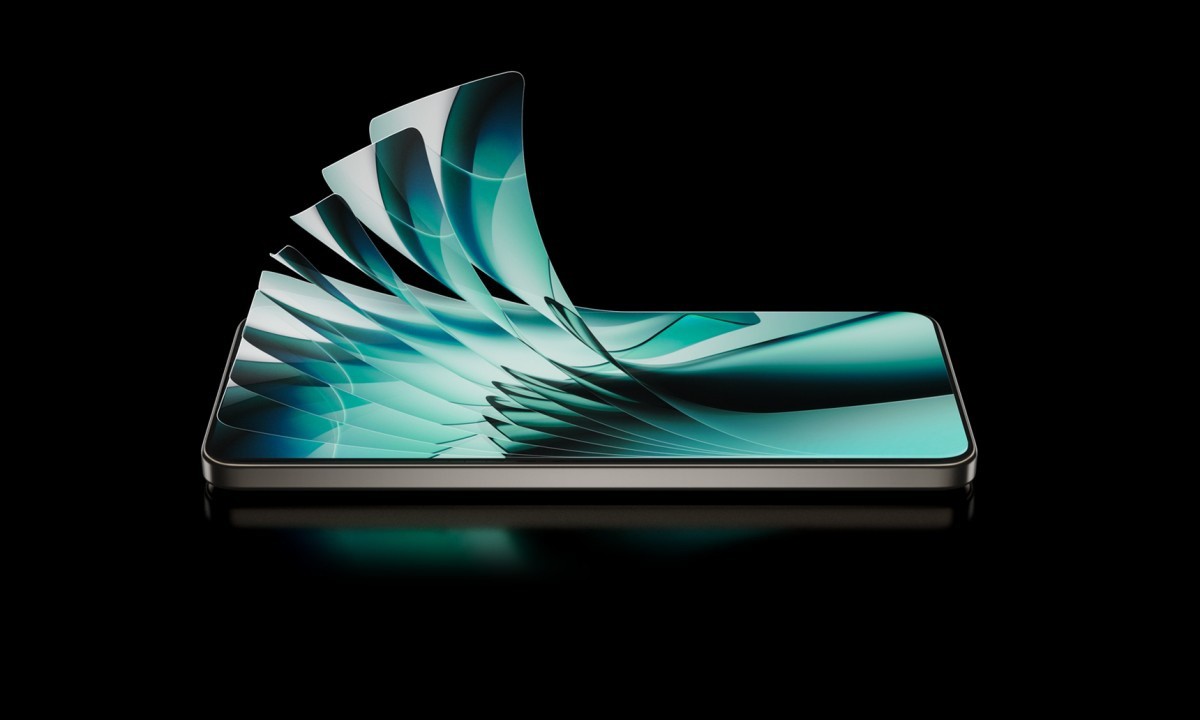
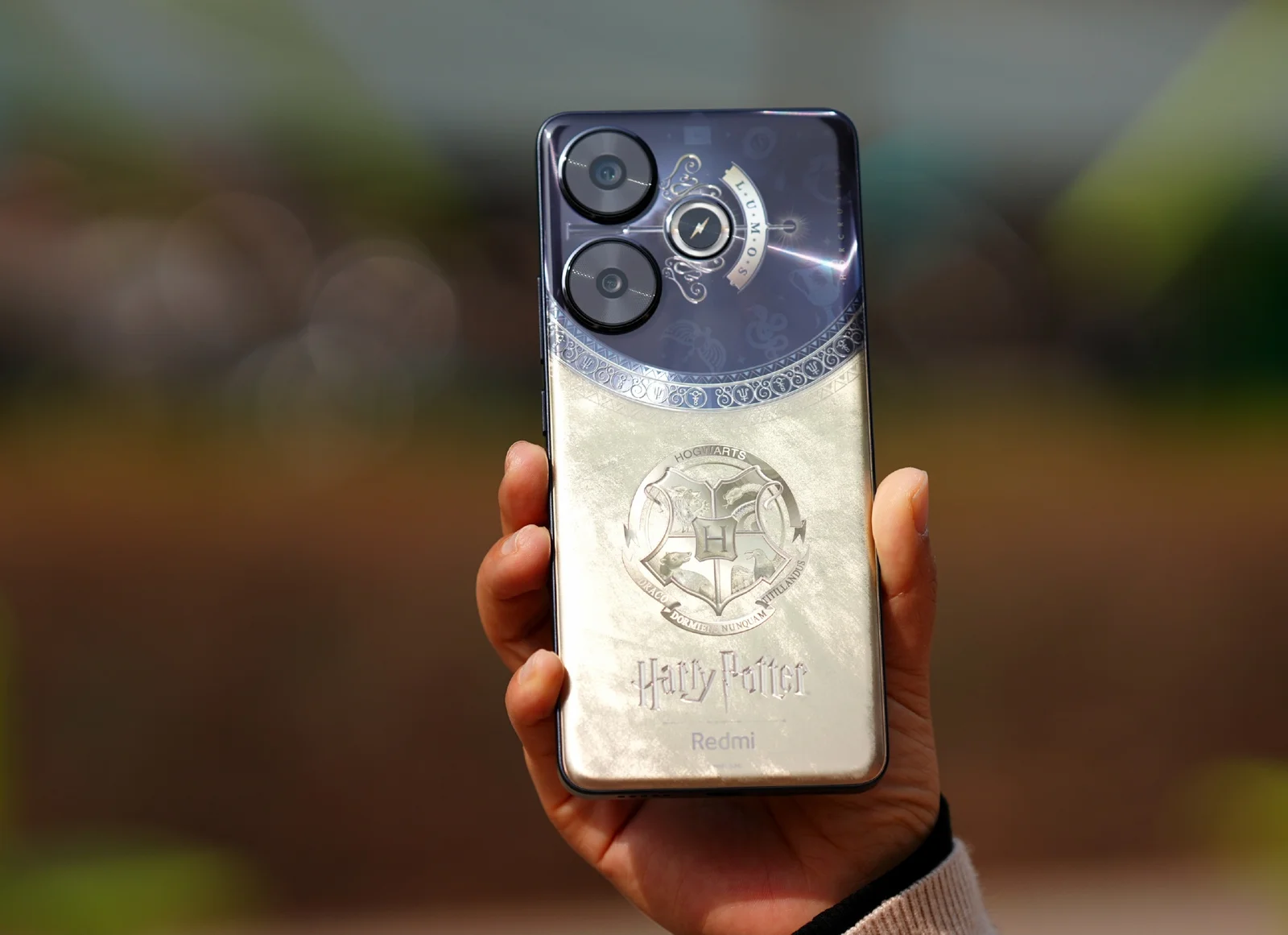
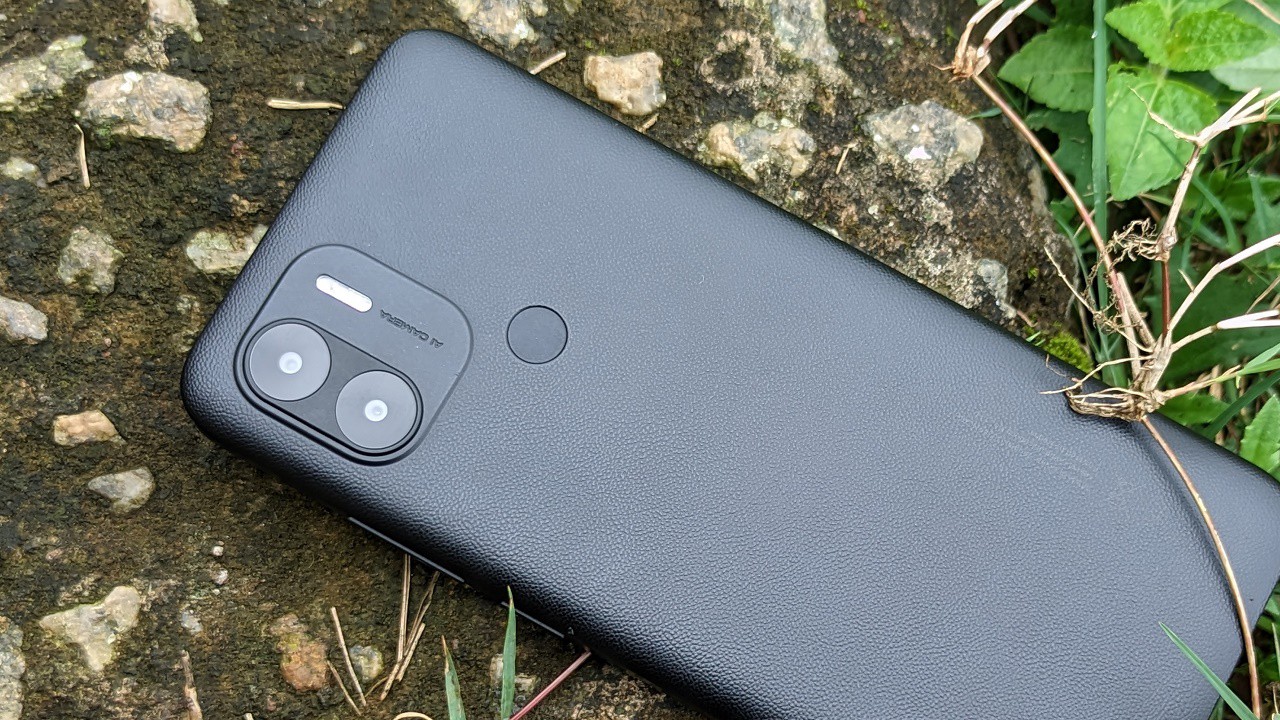
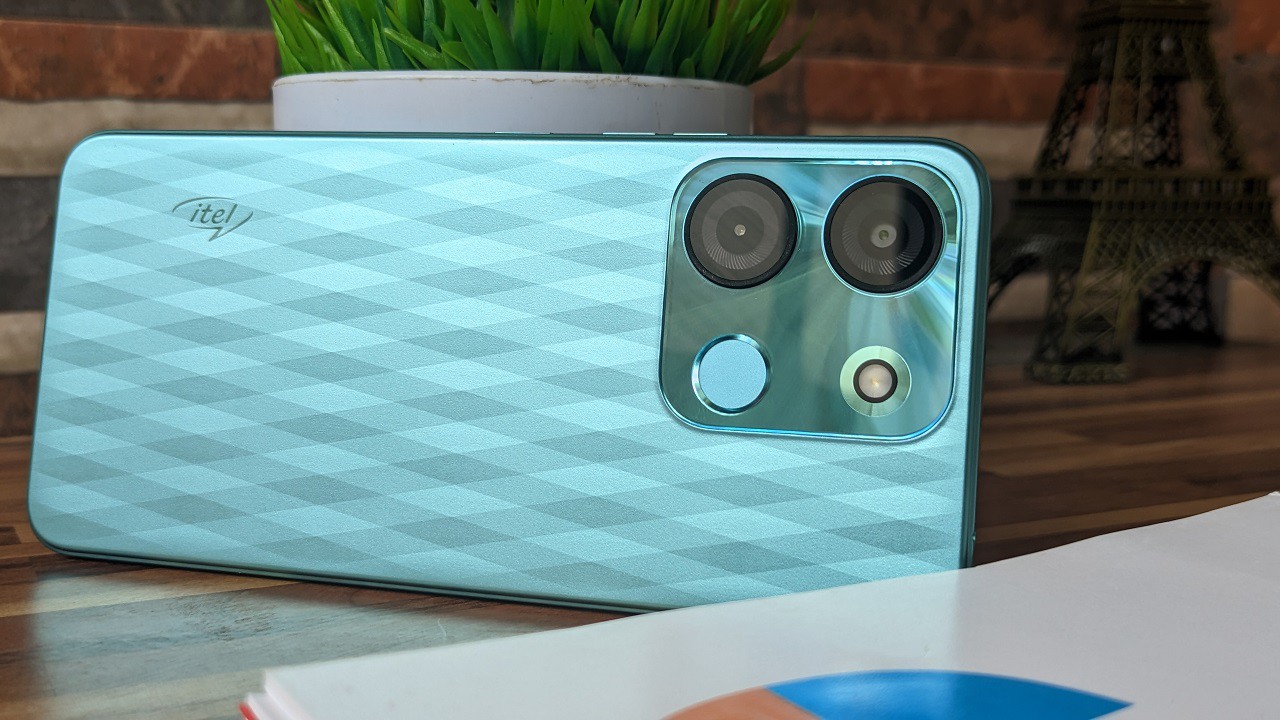
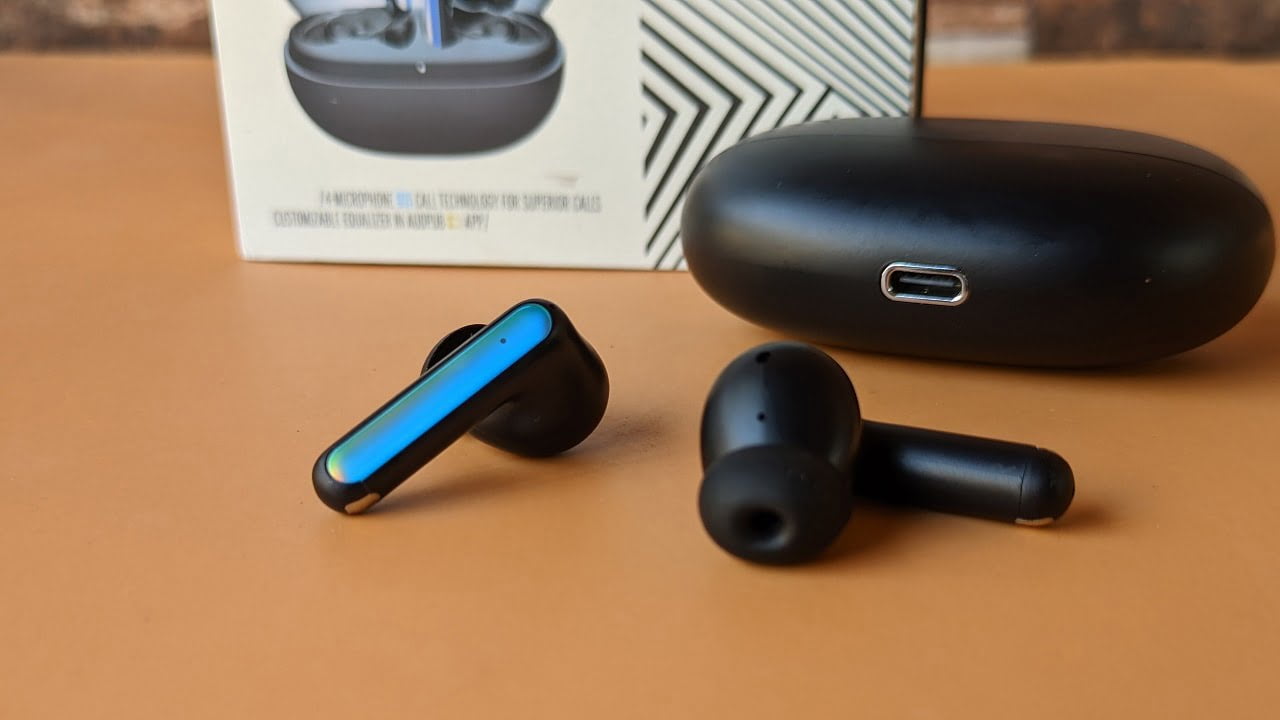
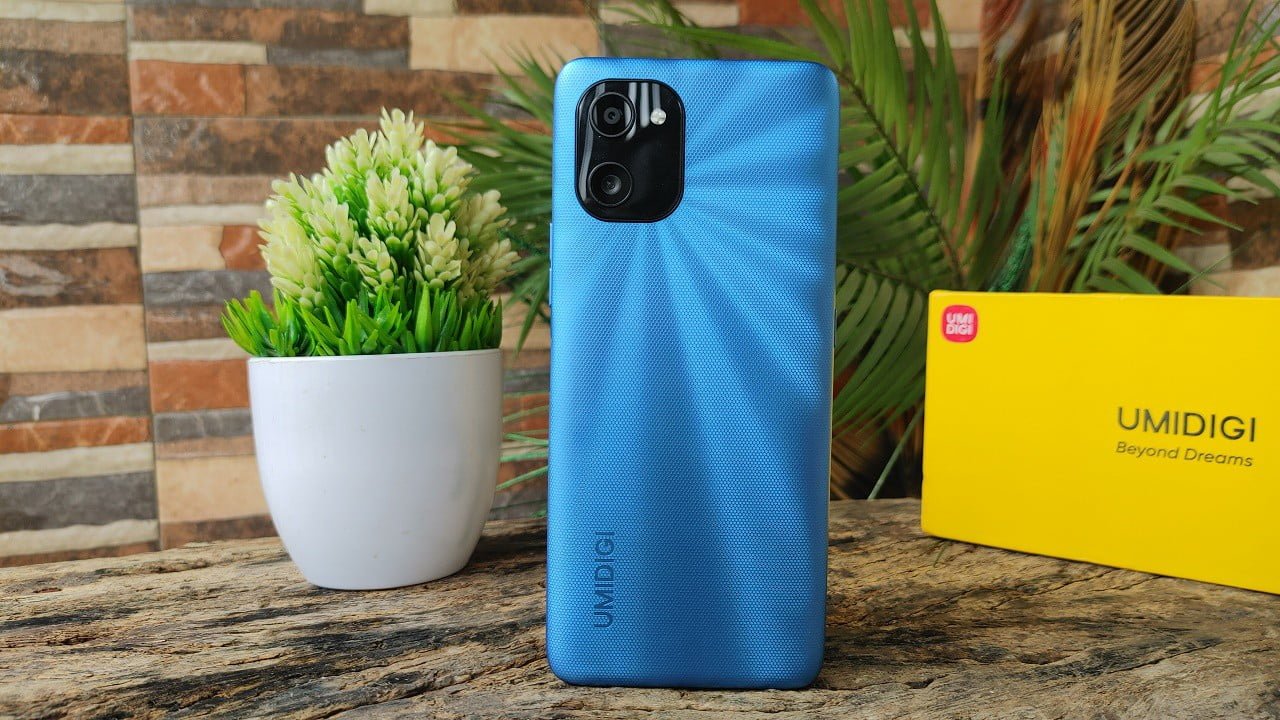
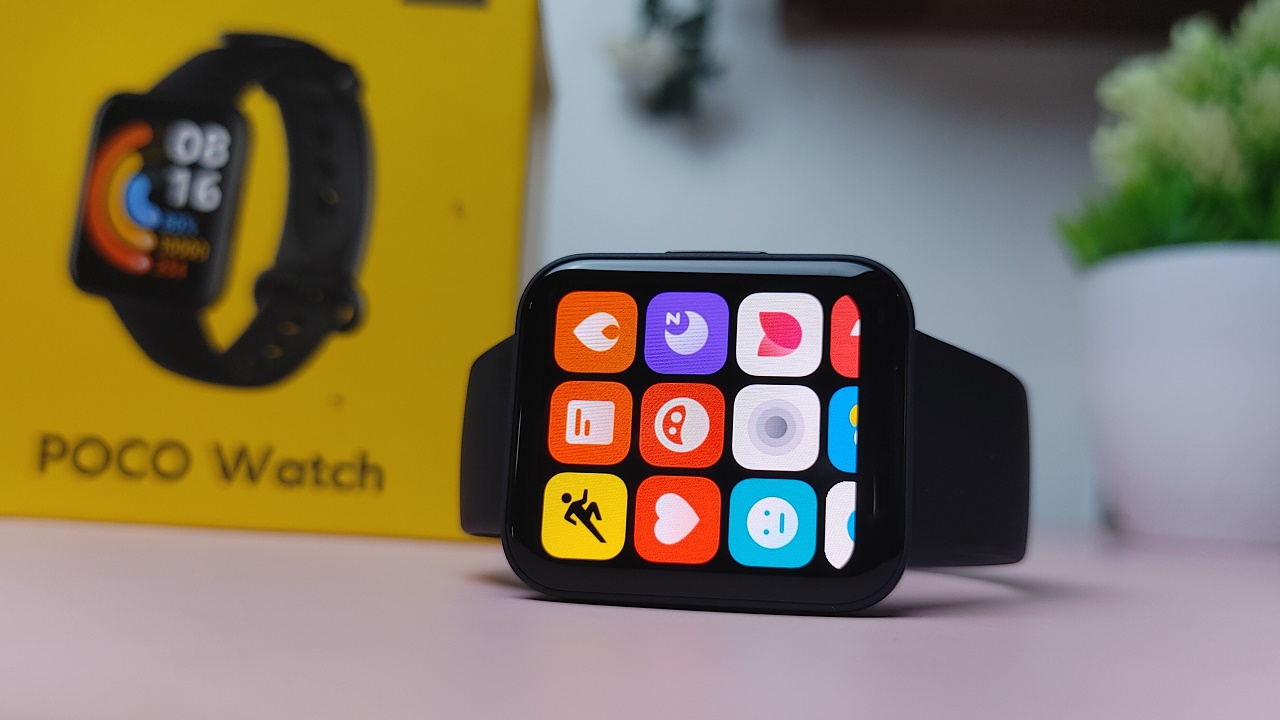
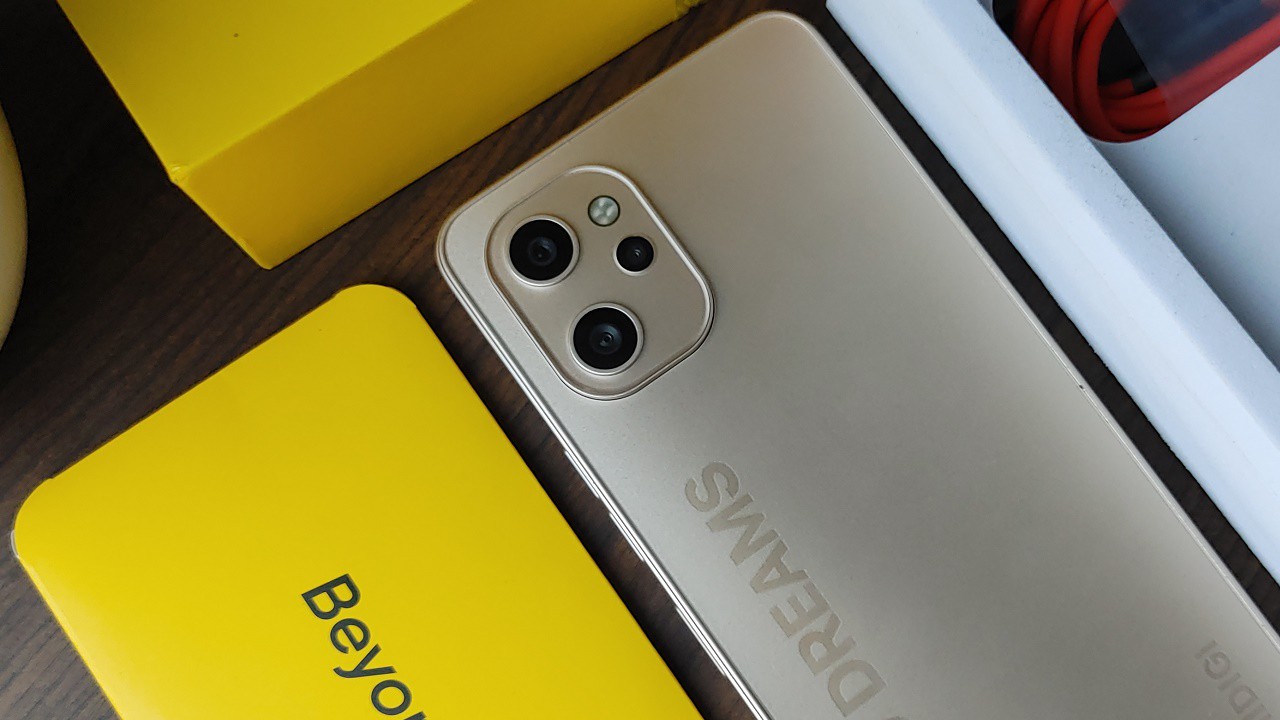
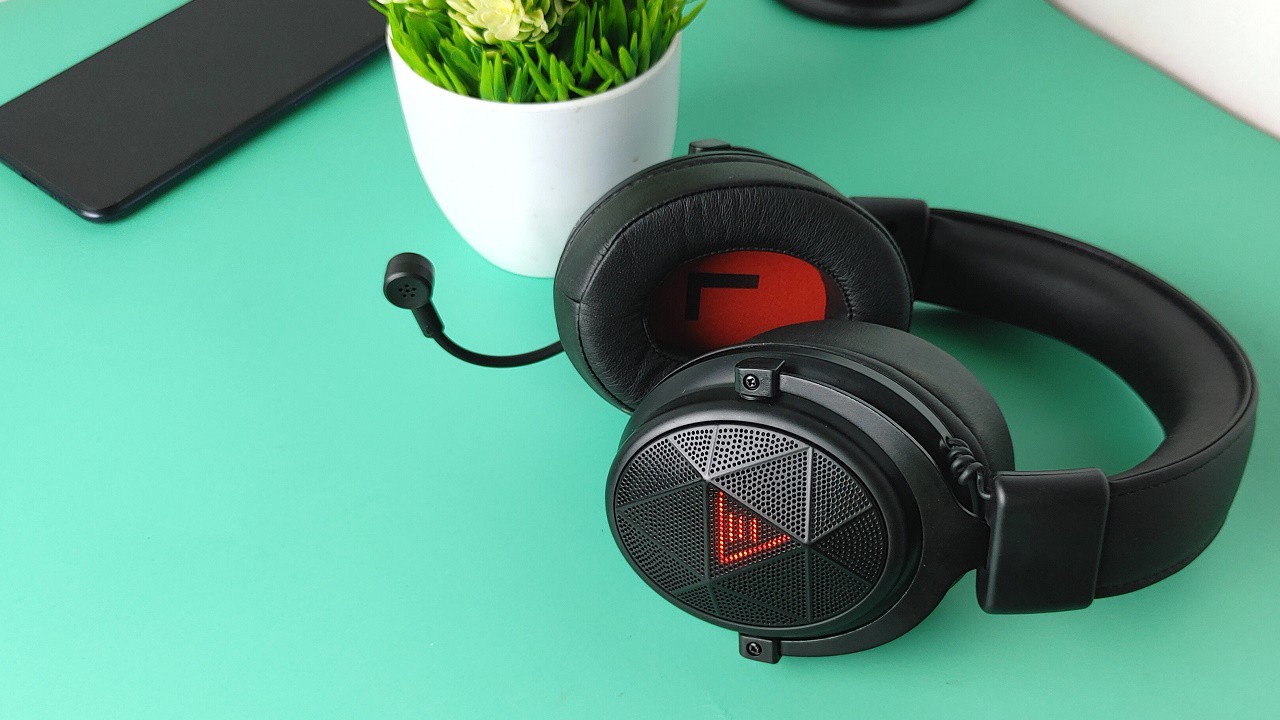
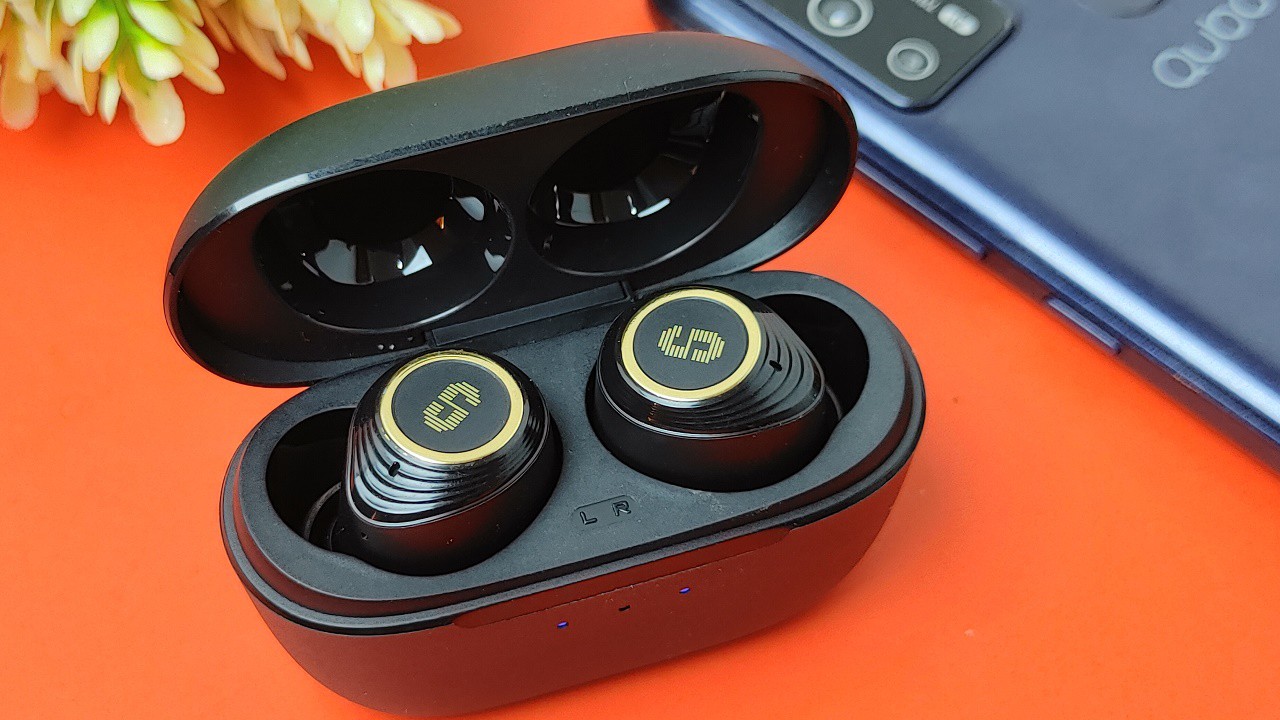
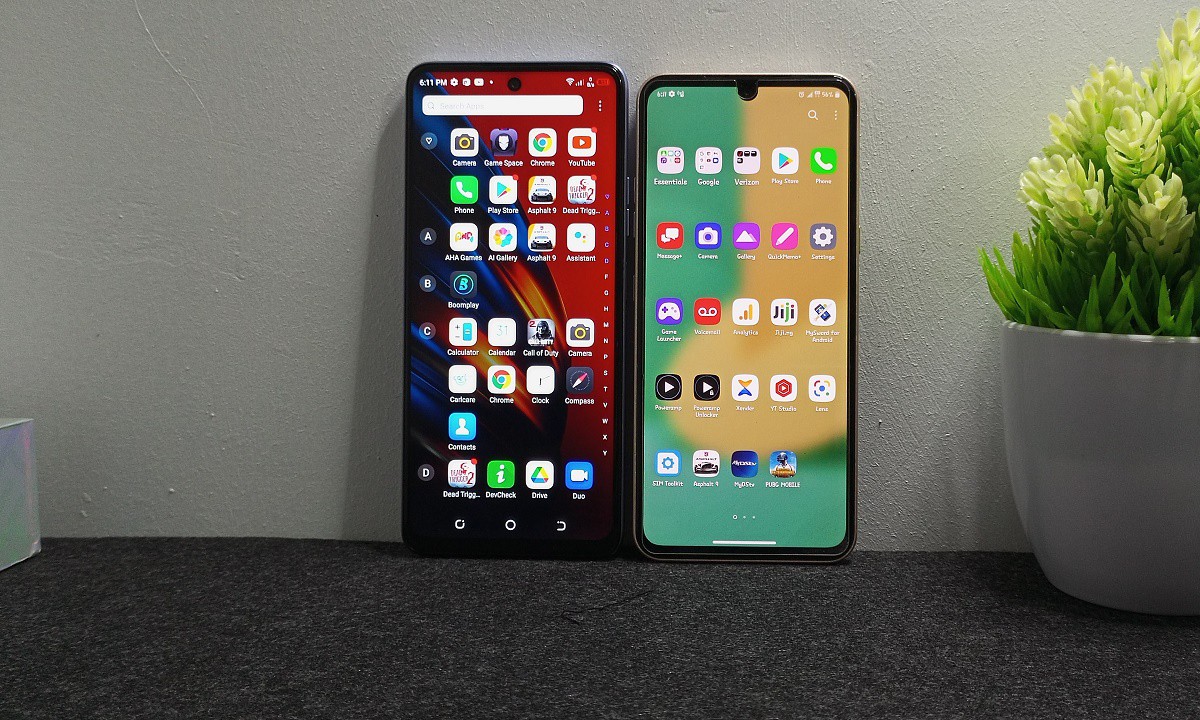

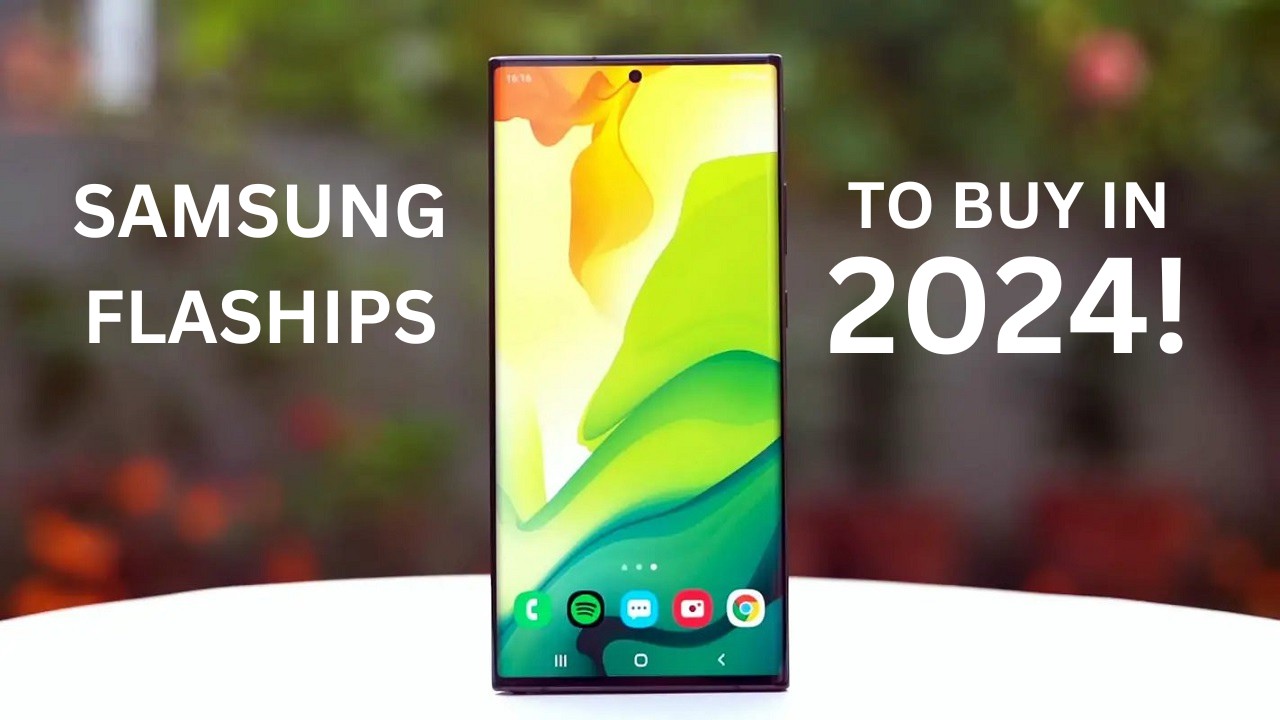
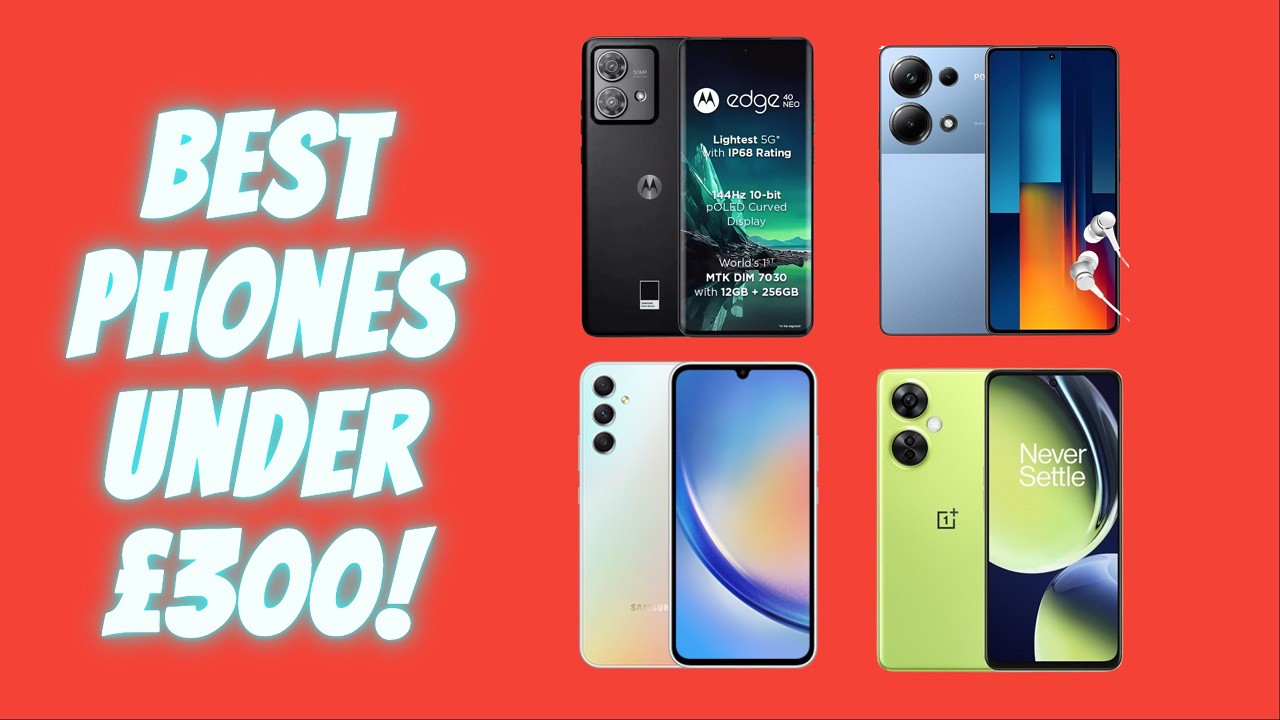

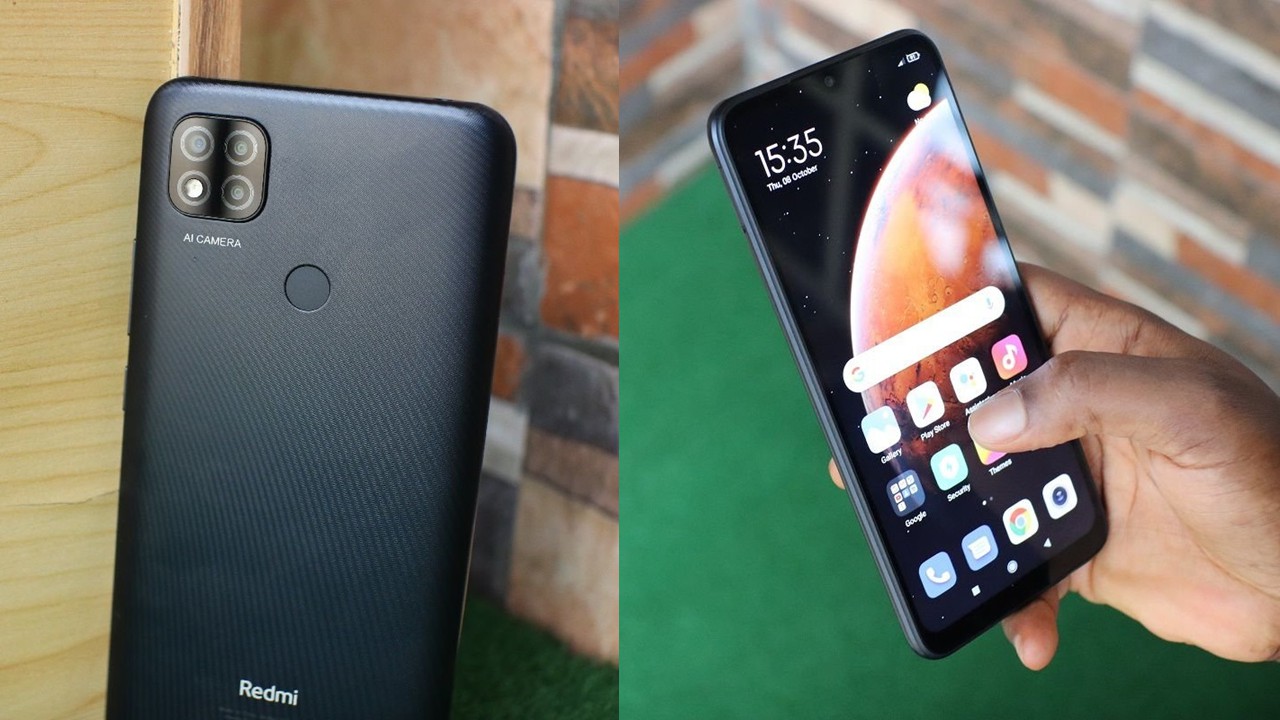
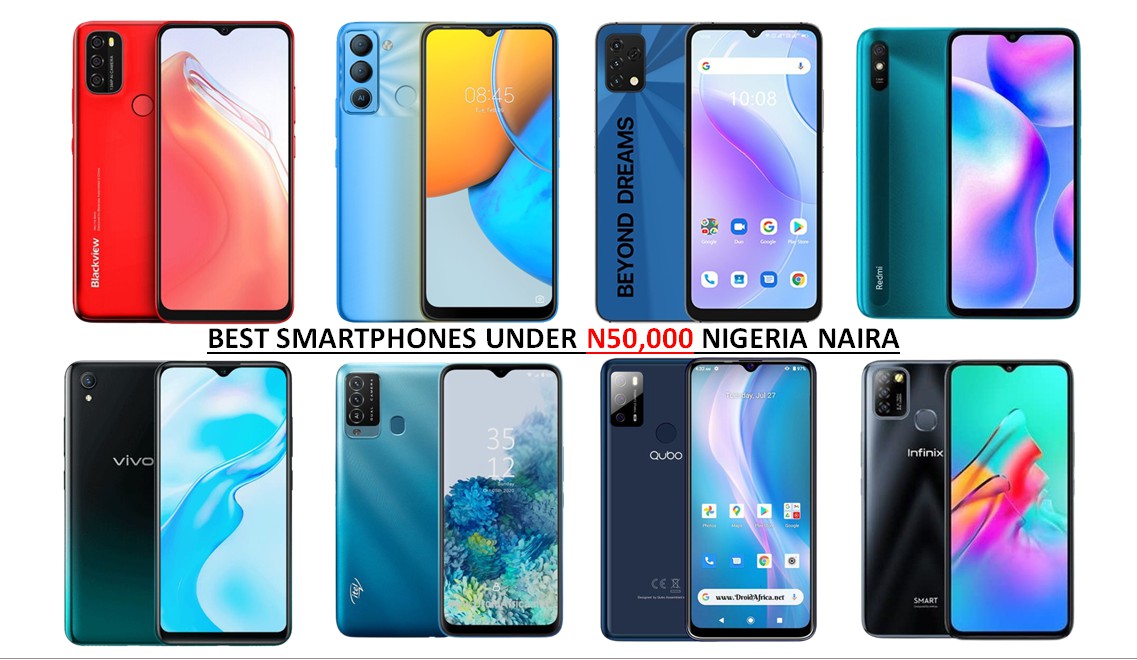
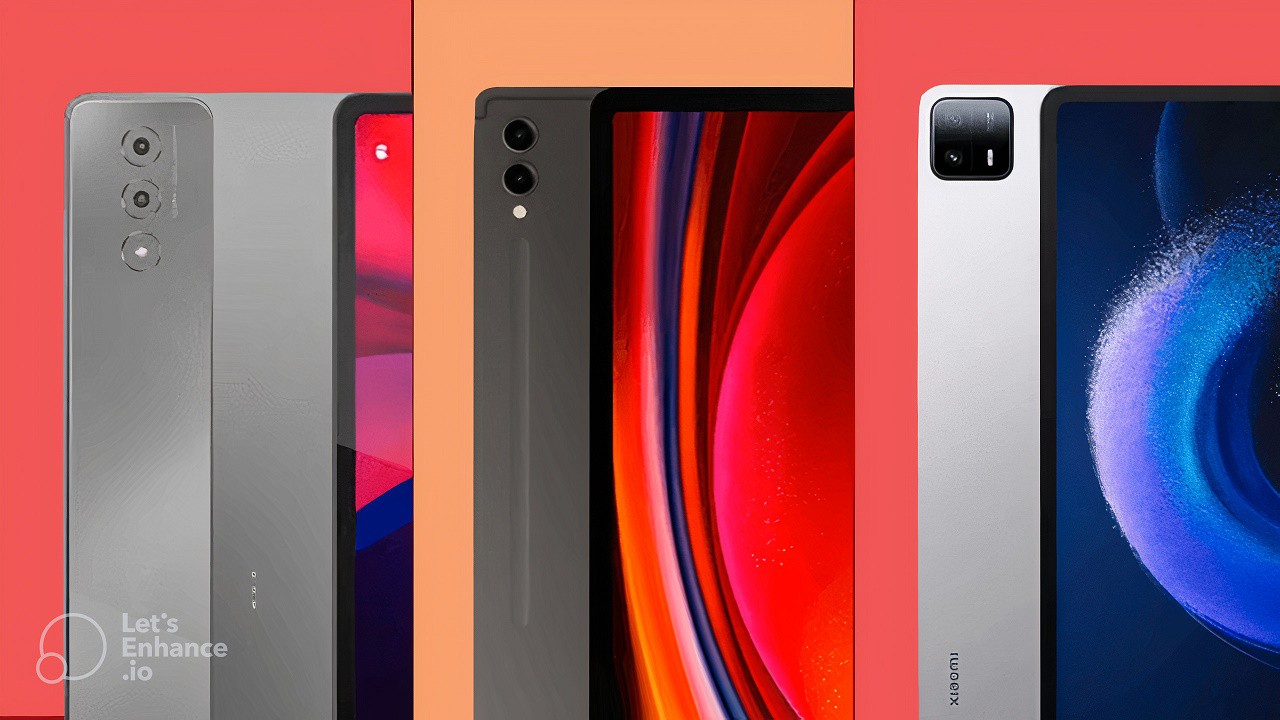
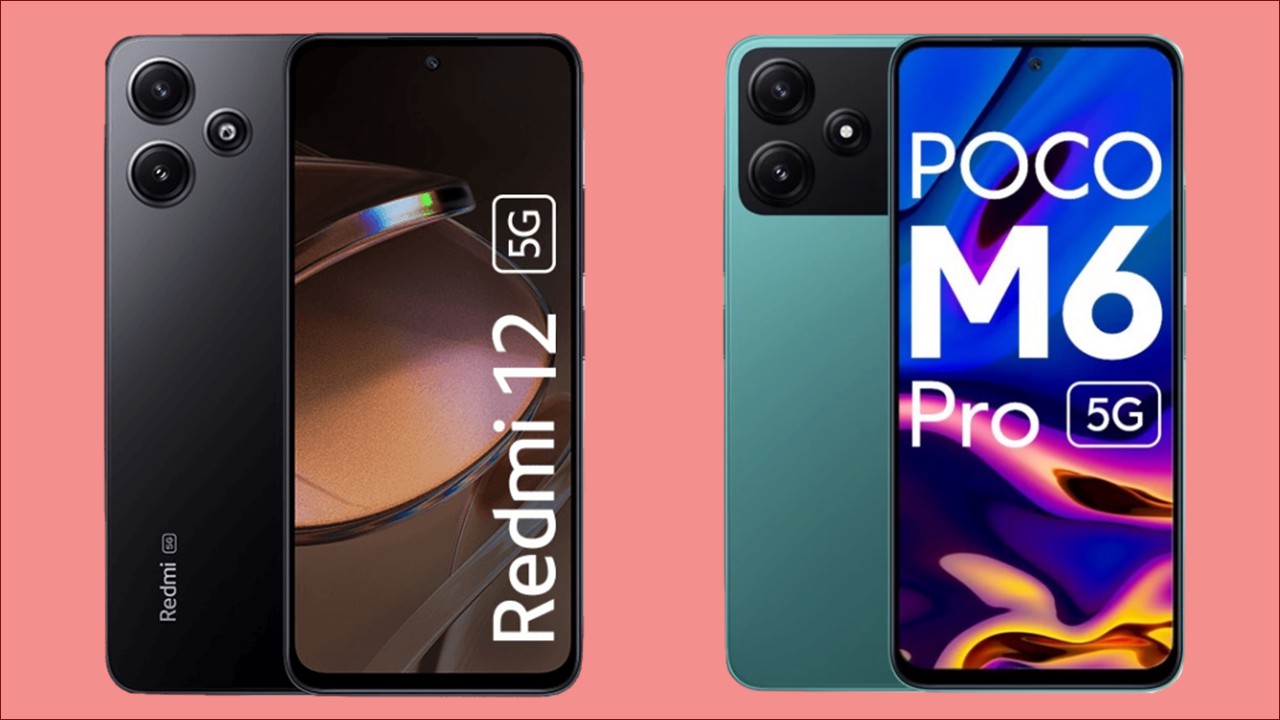
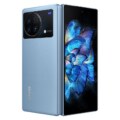
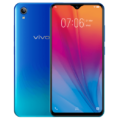
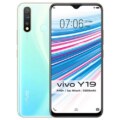
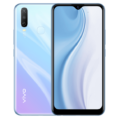
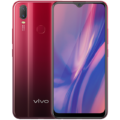
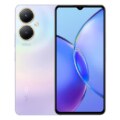

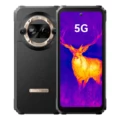
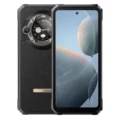
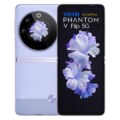
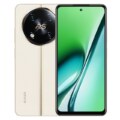
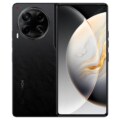

Leave a Reply